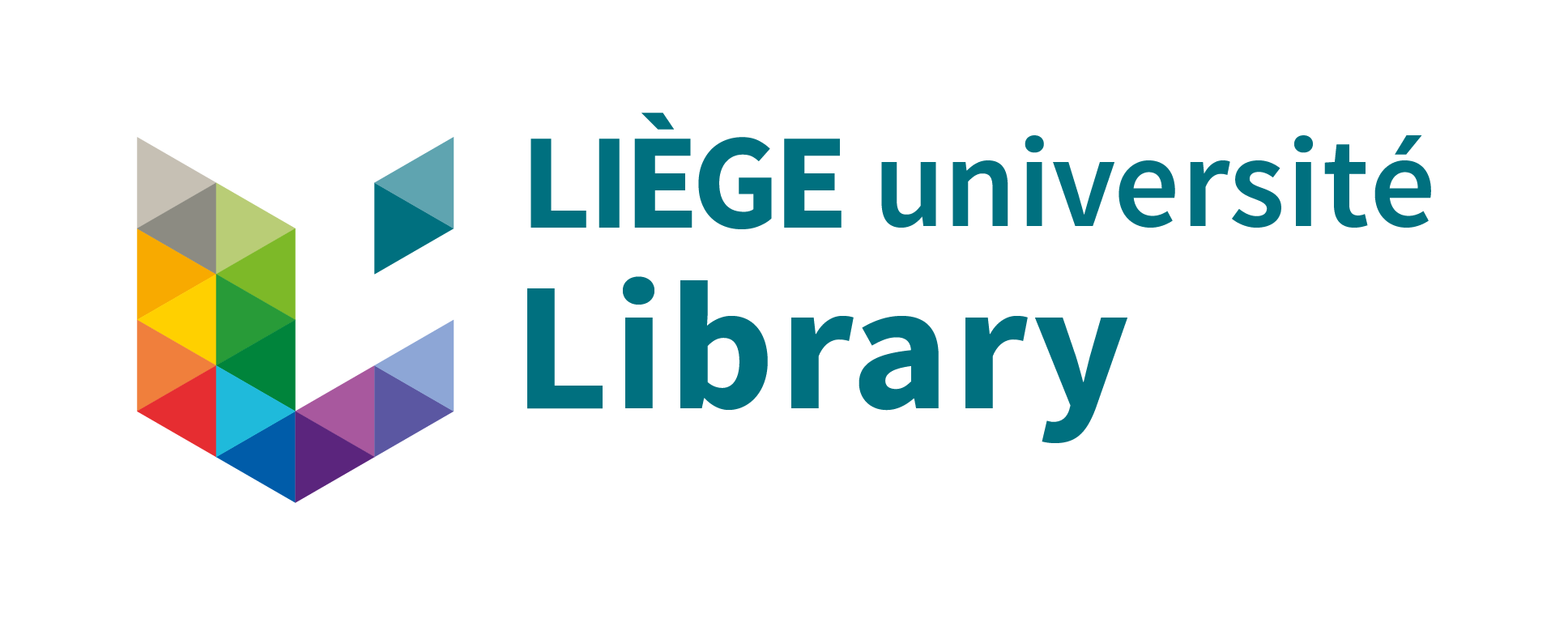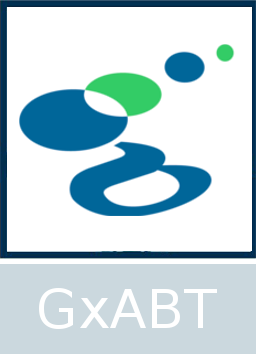Les paysages de Wateringues en Wallonie - Illustration de paysages du quotidien inconnus et de leurs évolutions
Vanhamme, Florian 
Promoteur(s) : Menzel, Christoph
Date de soutenance : 14-jan-2021 • URL permanente : http://hdl.handle.net/2268.2/11119
Détails
| Titre : | Les paysages de Wateringues en Wallonie - Illustration de paysages du quotidien inconnus et de leurs évolutions |
| Titre traduit : | [en] The Landscapes of Wateringues in Wallonia - Illustration of unfamiliar everyday landscapes and their evolutions [nl] De landschappen van Wateringen in Wallonië - Illustratie van onbekende alledaagse landschappen en hun evolutie |
| Auteur : | Vanhamme, Florian 
|
| Date de soutenance : | 14-jan-2021 |
| Promoteur(s) : | Menzel, Christoph |
| Membre(s) du jury : | Bogaert, Jan 
Gobbe, Emmanuelle 
Kandjee, Thierry 
|
| Langue : | Français |
| Nombre de pages : | 121 |
| Mots-clés : | [fr] Wateringues [fr] Paysage du quotidien [fr] Paysage remarqué [fr] Identité paysagère [fr] Wallonie [fr] Étude de cas [en] 'Wateringues' [en] Everyday landscape [en] Noticed landscape [en] Landscape identity [en] Wallonia [en] Case study |
| Discipline(s) : | Sciences du vivant > Multidisciplinaire, généralités & autres |
| Public cible : | Chercheurs Professionnels du domaine Etudiants Grand public Autre |
| Institution(s) : | Université de Liège, Liège, Belgique |
| Diplôme : | Master architecte paysagiste, à finalité spécialisée |
| Faculté : | Mémoires de la Gembloux Agro-Bio Tech (GxABT) |
Résumé
[fr] Les Wateringues, ces administrations qui ont été remises au goût du jour dans la réforme du Code de l’Eau en 2018. Que sont-elles ? Quels sont les intérêts de cette gestion particulière ? Quels sont ces paysages du quotidien que l’on peut rencontrer sur ces territoires et comment les représenter ?
« Wateringues » est une appellation particulière pour désigner à la fois un fossé et à la fois l’ensemble des terres, irriguées par un réseau de fossés et cours d’eau, gérées par un ensemble de propriétaires pour maintenir un régime d’eau favorable à l’agriculture. Ces pratiques existent en Région wallonne depuis des siècles, mais la reconnaissance sous de telles administrations n’a été avérée que dès le XIXème siècle, et très peu de wallons en connaissent l’existence, encore moins les paysages associés. Ainsi se posent les objectifs suivants : comprendre et identifier les dynamiques des milieux de Wateringues, présenter et illustrer les paysages générés par ces administrations, et enfin évaluer les effets de deux modes de gestion de ces milieux.
Ce travail de fin d’études vise alors à analyser la faible littérature traitant du sujet dans notre Région et à proximité afin d’en comprendre leur fonctionnement et leurs enjeux. S’ensuivra une étude de 3 cas représentatifs de la variété des caractéristiques que l’on peut y retrouver afin d’en tirer un aperçu de ces paysages méconnus. Enfin, deux scénarios sont ensuite proposés et appliqués sur chaque cas d’étude, afin d’appréhender deux modes de gestion et les paysages qui en ressortent d’ici 2050. Le premier cas consiste en l’inaction, où l’on continue comme aujourd’hui. Le second envisage un développement durable, où la gestion s’appuie principalement sur des valeurs environnementales. Les paysages de Wateringues et leurs évolutions possibles seront illustrés grâce à un reportage photographique au travers du document, ainsi que via des dessins et blocs diagrammes paysagers.
La finalité de ce travail est premièrement de contribuer à l’étude d’un type de paysage du quotidien méconnu, deuxièmement d’identifier les paysages particuliers de ces administrations et troisièmement de servir d’outil de discussion aux principaux acteurs gérant ces territoires. Par le biais de cette étude, on ne peut négliger la place de l’architecte du paysage dans l’anticipation de l’impact de certains modes de gestion sur un territoire et les paysages qui en découlent.
[en] The « Wateringues », those public administrations that have been brought up to date in the reform of the « Code de l’eau » (the Water Code) in 2018. What are they? What are the purposes of this unusual form of territorial management? What are these everyday landscapes that we encounter across such territories and how can they be represented?
Wateringues is a peculiar name for both a ditch and all the land where a network of these ditches and watercourses are spread out. These lands are administered by a set of owners in order to maintain a favourable water regime for agriculture. These methods have existed in the Walloon Region for centuries but were only acknowledged under such administrations in the 19th century, and very few Walloons are aware of them - let alone the associated landscapes. Thus, the following objectives are set; to understand and identify the dynamics of the Wateringues environments, to describe and illustrate the landscapes generated by these administrations, and finally to evaluate the effects of two management methods for these environments.
This master’s thesis then aims to analyse the limited literature covering the subject in and around our Region and nearby in order to understand how it works and what is at stake. This will be followed by a study of three representative cases of the variety of characteristics that can be found therein, providing an overview of the little-known landscapes. Finally, two scenarios are then suggested and applied to each case-study, in order to grasp two management methods and the resulting landscapes between now and 2050. The first one consists of inaction, where we continue just as we are doing today. The second involves sustainable development, where management is mainly based on environmental values. The Wateringues landscapes and their possible evolutions will be illustrated through a pictorial report throughout the paper, as well as via drawings and landscape block diagrams.
The goals of this work are firstly to contribute to the study of an unknown type of everyday landscape, secondly to identify the particular landscapes of these administrations, and thirdly to serve as a discussion tool for the main actors in charge of these lands. With this study, we cannot neglect the importance of the landscape architect in anticipating the impact of various management methods on a territory and the resulting landscapes.
Fichier(s)
Document(s)

 VANHAMME-Florian_TFE-AP_2020-21_Wateringues_1.Document.pdf
VANHAMME-Florian_TFE-AP_2020-21_Wateringues_1.Document.pdf
Description:
Taille: 27.14 MB
Format: Adobe PDF
Annexe(s)

 VANHAMME-Florian_TFE-AP_2020-21_Wateringues-2.Annexes.pdf
VANHAMME-Florian_TFE-AP_2020-21_Wateringues-2.Annexes.pdf
Description:
Taille: 37.43 MB
Format: Adobe PDF
Citer ce mémoire
L'Université de Liège ne garantit pas la qualité scientifique de ces travaux d'étudiants ni l'exactitude de l'ensemble des informations qu'ils contiennent.


 Master Thesis Online
Master Thesis Online



 Tous les fichiers (archive ZIP)
Tous les fichiers (archive ZIP)
